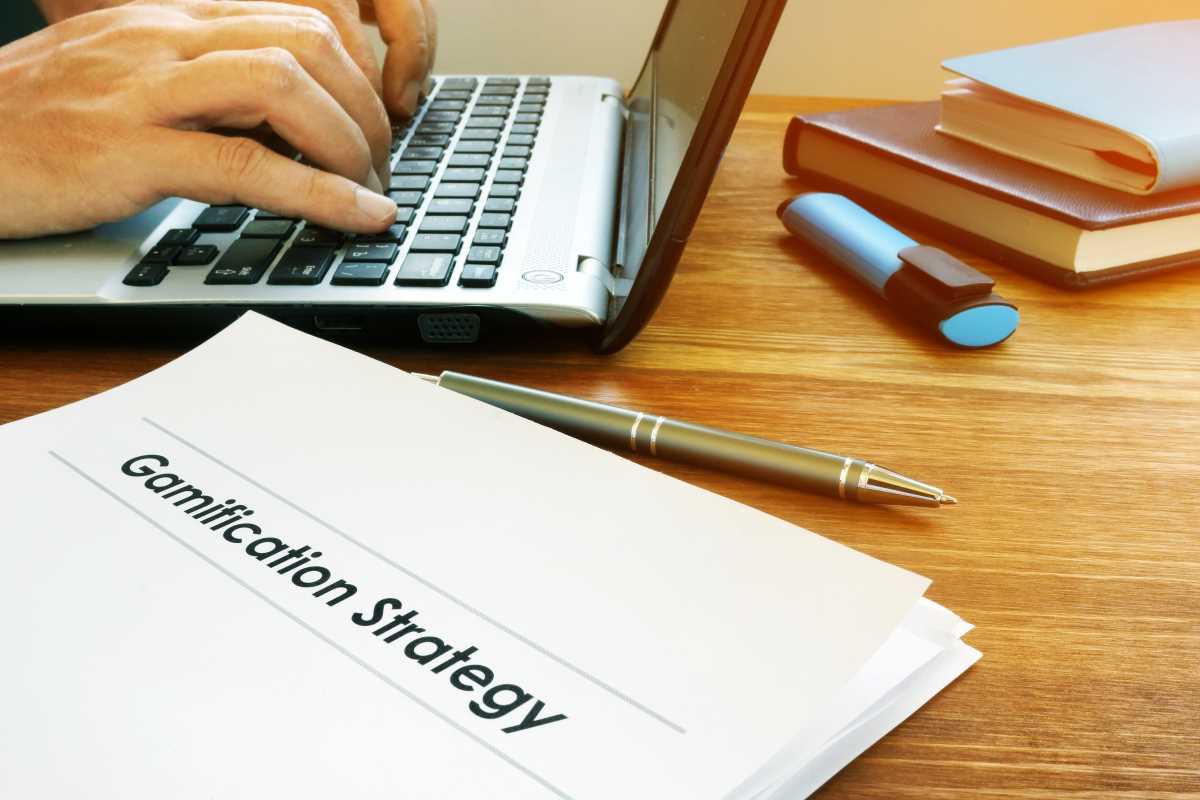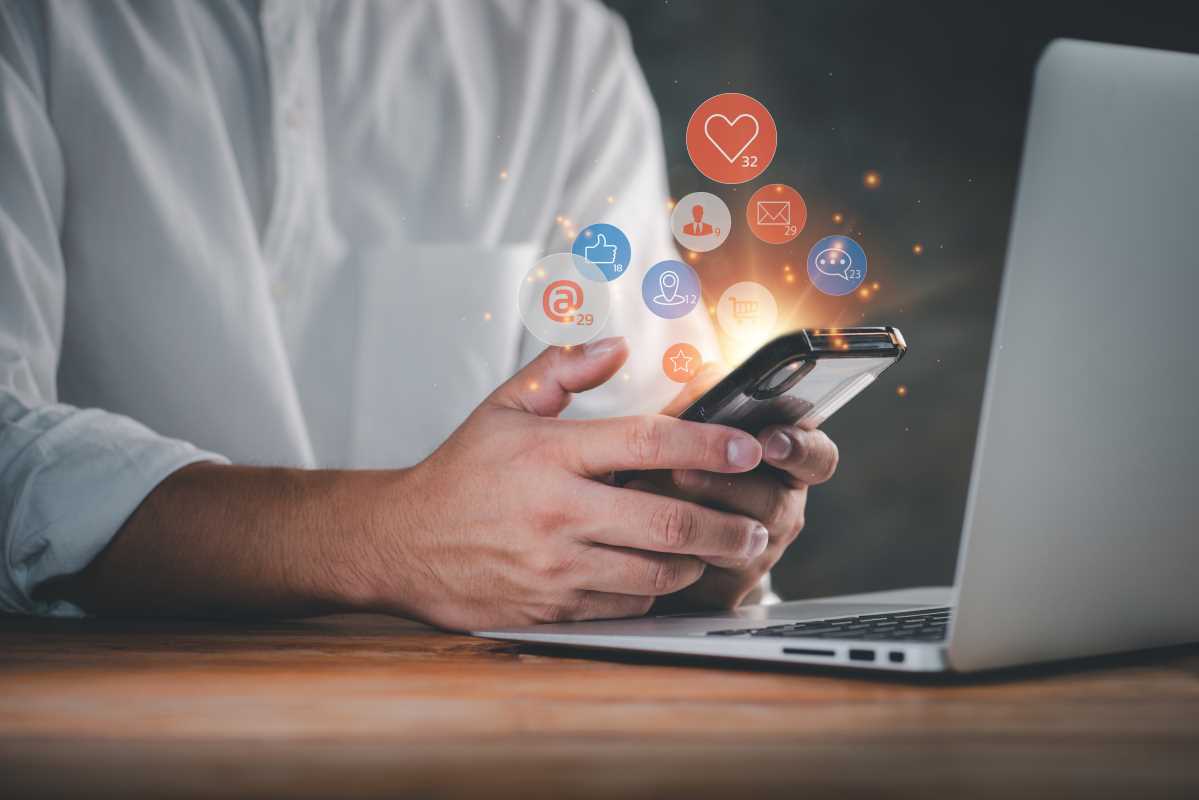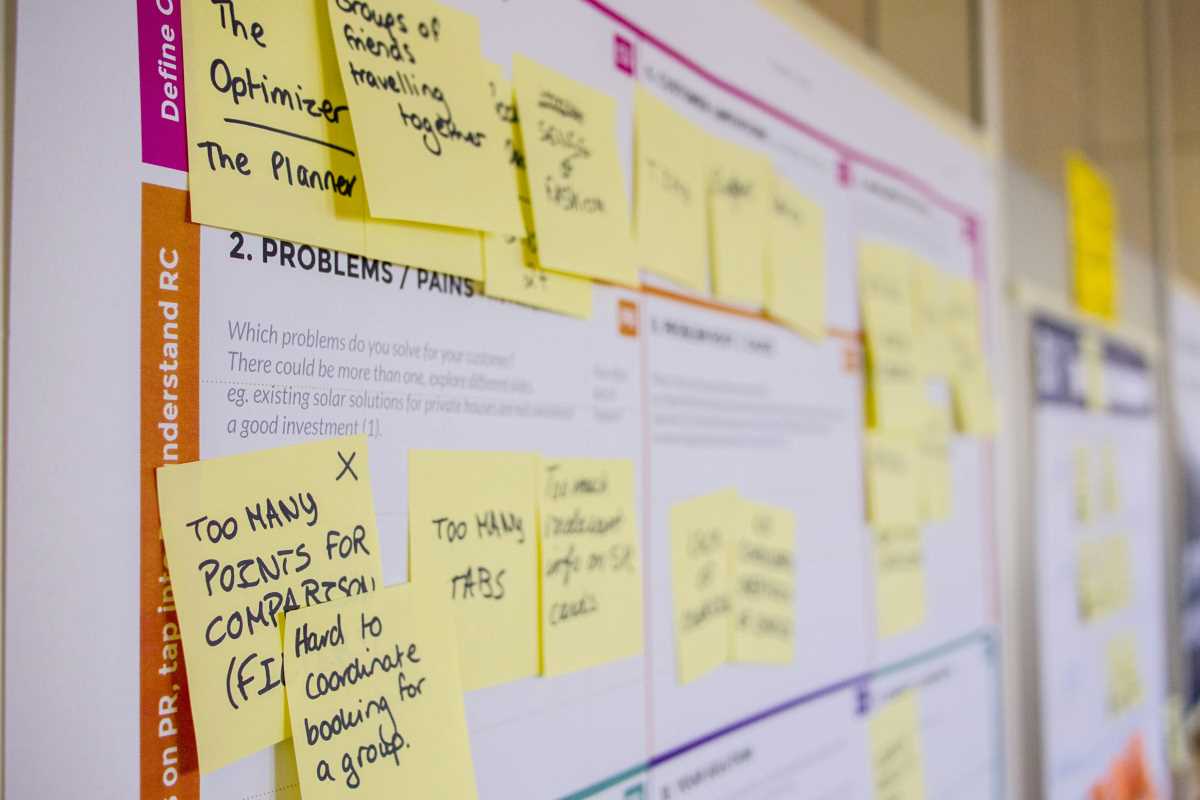Employee engagement is a key factor in an organization’s success, affecting everything from productivity and morale to retention and overall performance. However, fostering a motivated and engaged workforce can be challenging for companies, especially in today’s rapidly changing business environment. With the rise of remote work, shifting workforce expectations, and the constant need for innovation, employers continuously seek new ways to inspire and engage their teams. One powerful strategy that has gained significant traction in recent years is gamification. Initially used in consumer-facing industries, gamification—the integration of game-like elements into non-game contexts—has proven to be an effective tool for enhancing employee engagement. By leveraging elements such as competition, rewards, and achievement systems, gamification taps into the intrinsic motivators that drive human behavior, making work more enjoyable and productive.
Understanding Gamification
At its core, gamification involves the application of game mechanics—such as point systems, leaderboards, badges, and challenges—into non-game environments. While gaming is often associated with entertainment, the principles that make games enjoyable, such as clear goals, instant feedback, and a sense of progress, can be translated into the workplace to enhance employee motivation and engagement. When gamification is implemented effectively, it helps employees feel a greater sense of accomplishment and ownership in their roles. This leads to higher levels of productivity, job satisfaction, and overall performance.
The Link Between Gamification and Employee Engagement
Gamification works by tapping into several psychological factors that drive employee engagement:
1. Motivation through Rewards and Recognition: A key feature of gamification is the system of rewards and recognition. In traditional work environments, employees often receive annual or quarterly feedback, which may feel distant or disconnected from their daily work. Gamification, however, offers instant rewards such as points, badges, or leaderboard rankings, making employees feel recognized for their contributions in real time.
- Tangible Rewards: Besides points and badges, employees may earn tangible rewards like gift cards, extra time off, or team outings.
- Positive Reinforcement: Continuous feedback and recognition are forms of positive reinforcement, encouraging employees to maintain high performance and stay engaged with their work.
2. Increased Sense of Accomplishment: Gamification often involves breaking larger tasks or projects into smaller, more manageable objectives. These micro-goals are aligned with the principles of achieving small wins, which, in turn, increase an employee’s sense of accomplishment. Each time an employee meets a goal—whether it’s completing a task, earning a badge, or leveling up in a gamified system—they experience a sense of achievement that keeps them motivated.
- Progress Tracking: Visual progress bars, completion scores, or achievement counters allow employees to see how far they’ve come and how much further they need to go.
- Personal Growth: Gamification can be used as a tool for skill development, with employees earning achievements for learning new skills or completing training modules.
3. Fostering Healthy Competition
Competition is a natural part of many games, and when applied to the workplace, it can be a powerful driver of engagement. Friendly competition among employees or teams encourages them to push themselves further and strive for excellence. Leaderboards and team challenges can motivate employees to improve their performance, especially when they see how they rank against their peers.
- Team Collaboration: While individual competition is a motivator, gamification also encourages collaboration within teams. Employees can work together to complete challenges, share ideas, and support one another.
- Recognition of Top Performers: Highlighting top performers or showcasing success stories can inspire others to improve and engage more deeply in their roles.
4. Autonomy and Self-Direction: Gamification empowers employees to take charge of their own progress and development. It offers a sense of autonomy by allowing them to choose which challenges to undertake, which tasks to prioritize, and how to approach their work. This freedom of choice makes employees feel more in control of their work, contributing to higher engagement levels.
- Personalized Goals: Employees can choose goals that are aligned with their interests or personal development objectives, making their work feel more meaningful.
- Self-Paced Learning: Gamified learning modules allow employees to progress at their own pace, enhancing their autonomy and reducing stress associated with rigid deadlines.
Implementing Gamification in the Workplace
For gamification to be effective, it must be thoughtfully implemented. Here are some steps organizations can take to ensure the successful integration of gamified elements into their employee engagement strategy:
1. Set Clear Objectives: Before introducing gamification into the workplace, it is essential to define the objectives. What outcomes are you hoping to achieve? Whether it's improving productivity, enhancing employee training, or increasing participation in company wellness programs, clear goals are necessary to design a gamified system that aligns with your company’s mission and values.
- Focus on Specific Metrics: Set measurable targets, such as increasing sales, improving customer service scores, or reducing employee turnover.
- Align with Company Culture: Ensure that the gamified elements reflect the company’s values and culture. For instance, a company that values teamwork should incorporate collaborative challenges and shared rewards.
2. Choose the Right Tools and Platforms: The next step is selecting the right technology to implement gamification. Various software platforms, from performance management software to learning management systems, allow companies to integrate game mechanics into their existing systems.
- Gamified Learning Platforms: Platforms like Coursera or LinkedIn Learning can be used to gamify employee training and development.
- Employee Engagement Apps: Tools such as Bonusly or Kudos allow companies to reward employees with points, badges, or peer recognition for their contributions.
3. Maintain a Balanced Approach: While gamification can be an effective motivator, it’s important to maintain a balanced approach. Too much competition or overemphasizing rewards can create stress or resentment among employees. To avoid this, ensure that gamification promotes healthy competition and teamwork while fostering an inclusive, supportive environment.
- Fairness: Make sure the rules of the gamified system are clear and fair for everyone. Employees should feel that they have an equal chance to earn rewards.
- Intrinsic Motivation: Gamification should focus on intrinsic motivation by aligning employees’ personal goals and values with the company’s mission rather than relying solely on extrinsic rewards.
4. Measure and Adjust: Gamification is not a one-size-fits-all solution. As with any engagement strategy, assessing its effectiveness and making regular adjustments as needed is crucial. Gather employee feedback to understand how the system impacts their motivation and engagement levels and fine-tune the approach accordingly.
- Surveys and Feedback: Regular surveys or feedback sessions will help identify potential issues with the gamification system and ensure it continues to meet the workforce's needs.
- Iterative Improvements: Use data from employee performance, participation rates, and engagement levels to continually improve the gamified system.







